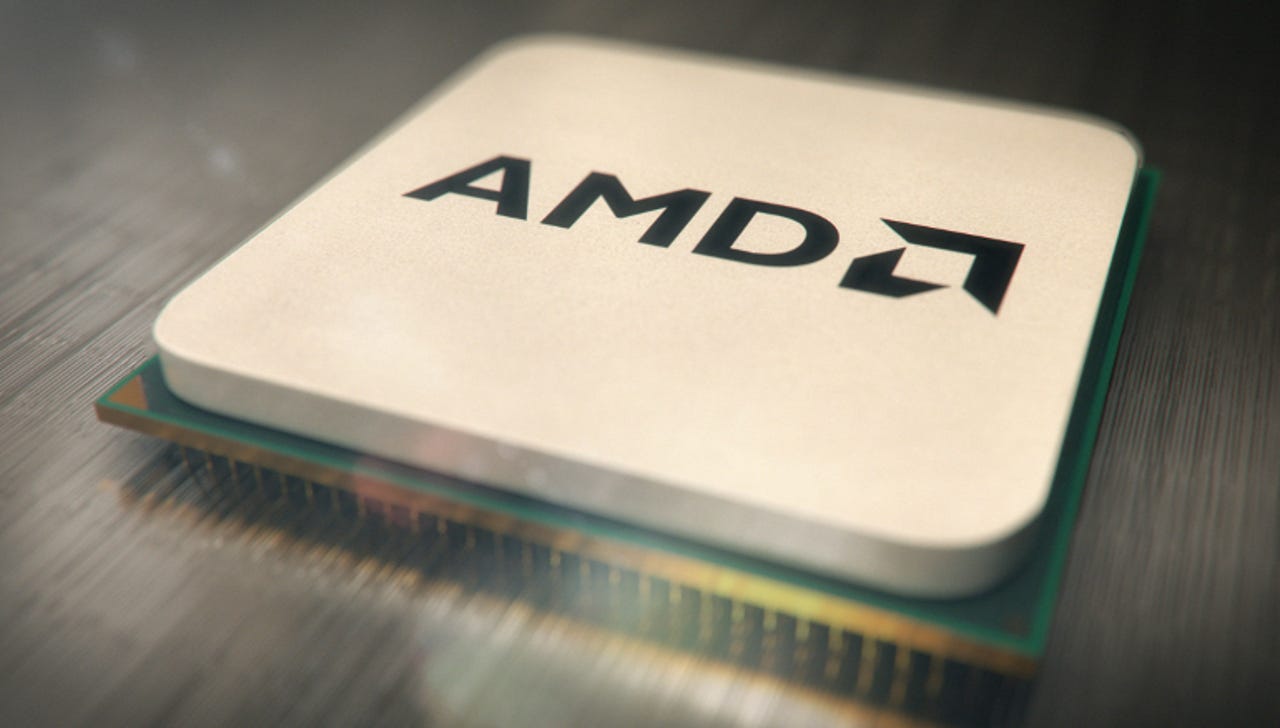Can AMD outperform Nvidia with 14nm Polaris GPU tech?


AMD says the new 14nm FinFET architecture can double the performance per watt over earlier-generation Radeon GPUs.
AMD has announced its new GPU architecture for 2016, dubbed Polaris, which it says will offer significant improvements in power efficiency.
With Polaris, AMD will be moving from the 28nm manufacturing process it has been using since 2011 to the new 14nm FinFET GPUs, which it says can double the performance per watt over earlier-generation Radeon GPUs.
AMD said it expects to begin shipping Polaris GPUs by the middle of the year, promising a "remarkable generational jump in power efficiency", enabling it to perform fluid frame rates for numerous uses cases, spanning games, multimedia applications and virtual reality.
The idea is that it will help compress desktop PC form factors and support the growth of other small form-factor devices.
Polaris becomes AMD's fourth-generation architecture for its Graphics Core Next display engine, which according to the company will support HDMI 2.0a and DisplayPort 1.3 and multimedia features including 4k h.256 encoding and decoding.
The GPU is expected to show up in AMD's Radeon line.
"Our new Polaris architecture showcases significant advances in performance, power efficiency and features," AMD president and CEO Lisa Su said.
"2016 will be a very exciting year for Radeon fans driven by our Polaris architecture, Radeon Software Crimson Edition and a host of other innovations in the pipeline from our Radeon Technologies Group."
To demonstrate Polaris' power efficiency gains, the company showed off an Asus system running its Polaris GPU alongside an identical system running an Nvidia Geforce GTZ 950 GPU, with both displaying Star Wars Battlefront.
AMD claims Polaris achieved power consumption of 86 watts while the rival system used 140 watts.
AMD relies on Global Foundries to manufacture some of its GPU products, so its new Polaris GPUs could be expected to come from there.
"The FinFET advantage is a really big thing because we have new kinds of transistors that can control the leakage current inside of the transistor more quickly and effectively," AMD graphics architecture corporate fellow Mike Mantor said.
"We also took a very aggressive stance in the past few months of the product to fine-tune our clock-gating and power circuits and really to make the best attempt to get the best perf per watt."
AMD recently reported its third quarter revenues fell by 26 percent to $1.06bn, making a net loss of $197m, after writing down $65m of APU inventory.